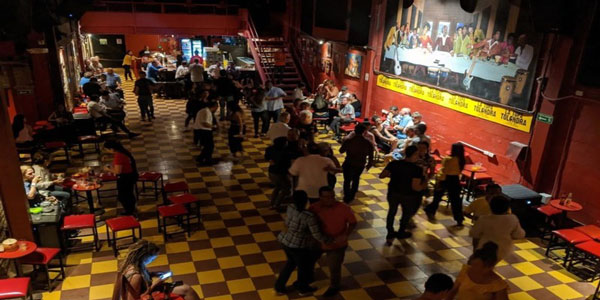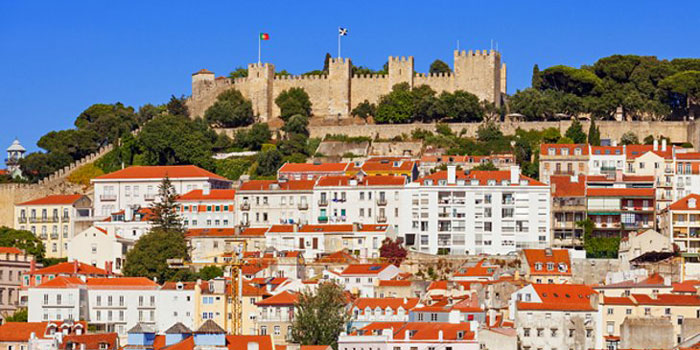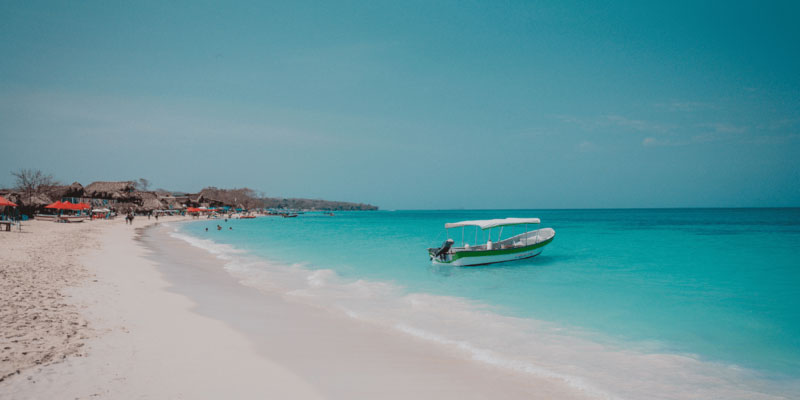The Caribbean islands of Puerto Rico and Cuba are typically the first places that come to mind when people think about salsa. Then why does a Colombian city claim to be the world's salsa capital? Cali, a city of over two million inhabitants in southern Colombia, claims to be the global capital of salsa music.
This claim stems from the city's adoption of the genre in the 1970s. Cali is well recognized as one of Latin America's largest salsa music markets, but its particular salsa dance style, separate from that of Cuba and New York, is less well known. My experience with salsa comes with a sense of homecoming because I am a native Bogotá resident.
Research Obstacles: Limiting The Scope of "Salsa Dance"
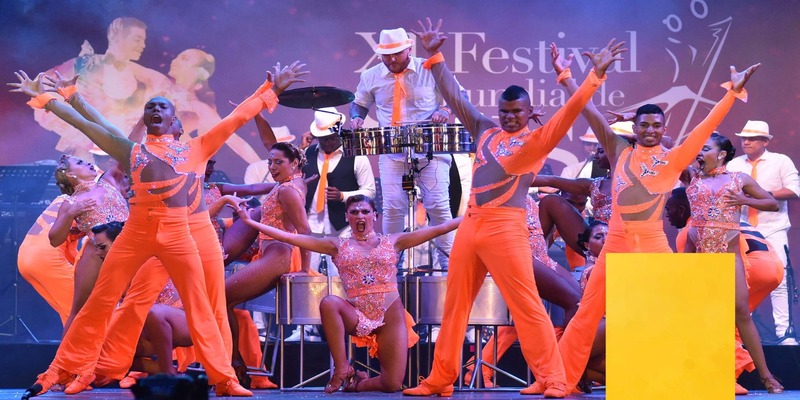
Back in 2012, I came to California with a well-defined strategy for how my study would go. However, my anxiety level skyrocketed when things did not start as expected. Thanks to my network, I could connect with academics, dancing studio owners, and working dance and music professionals.
People like empirical dancers and city veterans, who are less prominent but who I thought would potentially have experiences and essential knowledge to share about this local institution, were almost entirely left out. At that moment, I understood that my first description of my research interests had been inadequate.
The Vieja Guardia
As I read more about the Vieja Guardia movement, I started to grasp the cultural nuances at play. Vieja Guardia categorizes people based on their age, stage of learning, style of dancing, preferred musical accompaniment, preferred dance locations, and, most often, their socioeconomic status and racial identity.
Vieja Guardia dancers, who were born before 1980 on average, frequent viejotecas where msica Santillana and particular salsa from the 1970s are frequently played. From the 1930s until the 1970s, music from the Dominican Republic, known as msica Santillana, took over a large section of the city.
Salsa is widely accepted to have evolved from some of these rhythms. They inspired the steps and moves that eventually became the signature style of Californian dance, and they continue to do so today.
The Style of Cali Dancing
In the Golden State, salsa is more than just a pastime—also, it's a powerful metaphor. Status and reputation, for example, may be attained via the study of Vieja Guardia salsa and the acquisition of dance skills, both of which are indicators of cultural understanding.
You may learn a lot about a region, its people, and its history by watching them dance in the distinctive manner of the Vieja Guardia. There is a long list of artists, musicians, and designers who have all had a hand in shaping Cali's unique aesthetic.
Some of the most well-known dances in the world today have their roots in Colombia, including the cumbia and porro of the 1940s. Cubans looked to Mexican and American musical films for inspiration while learning how to dance the son, mambo, guaracha, and foxtrot, among other styles.
Viejotecas Are Discotheques for the Elderly
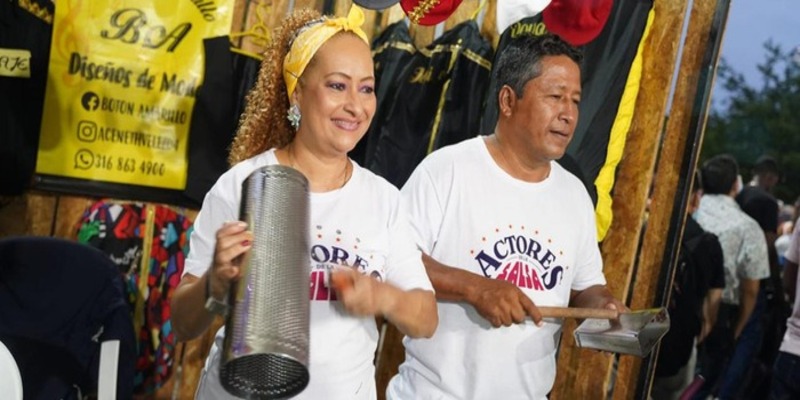
At first, the viejotecas catered to an older demographic, specifically those over fifty. Since the late 1990s, anyone of any age can learn the technique; previously, this restriction had been in place. Today, most California viejotecas are only open on Saturday afternoons.
One of the most exciting aspects of my study was talking to dancers about how the viejotecas brought back the old music and the relaxed atmosphere of the original dance environment.
Ricardo Nieto, a member of the Vieja Guardia, has said, "Viejotecas retain the peace and camaraderie of the working-class dancing clubs I experienced in the 1970s." There is an unspoken clothing code among confident viejoteca dancers.
According to Nieto, a man doing a traditional cello dance is easily recognized by his brightly colored shirt, brightly patterned pants, and shiny white or two-toned shoes.
Using Creativity To Recall the Past
The Vieja Guardia is symbolic of a shared history built on more than fancy footwork. Cultural institutions like the viejotecas that promote this activity are essential to preserving local history and heritage. Several of the performers make allusions to the process of remembering.
A man named Fernando Gaviria, who is in his fifties, spoke about how, when he dances at a viejoteca, he is reminded of his grandparents and great-grandparents.
It's like having an elderly relative around, he remarked. It's the same as having your parents right there with you. Viejotecas allows us to see the perpetuation and ongoing reinvention of the salsa style that has come to define Cali.
The Vieja Guardia has no dance routine, so any time a pianist or trumpet player enters the stage, there's an opportunity to create a new step, even if it doesn't have a name right away.
